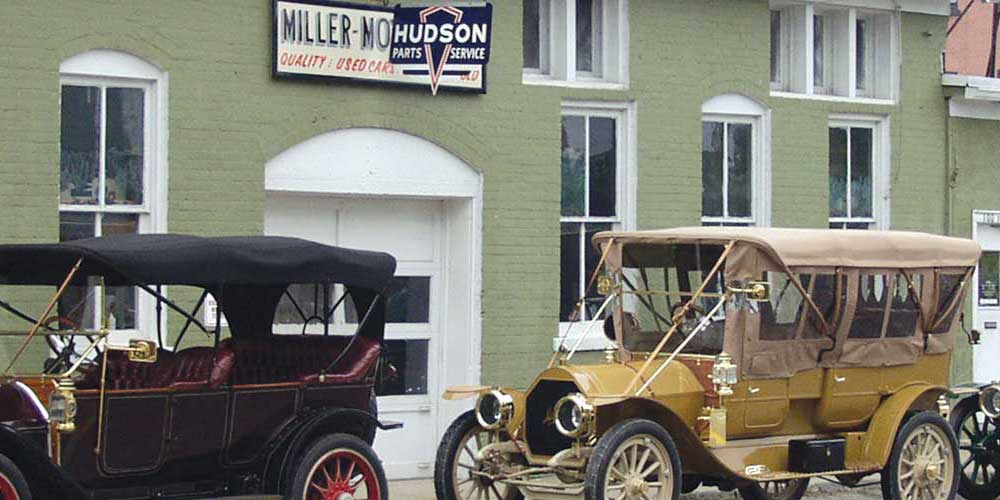By Robert Tate, Automotive Historian and Researcher
Images courtesy of the Yankee Air Museum
Posted: 08.02.2017
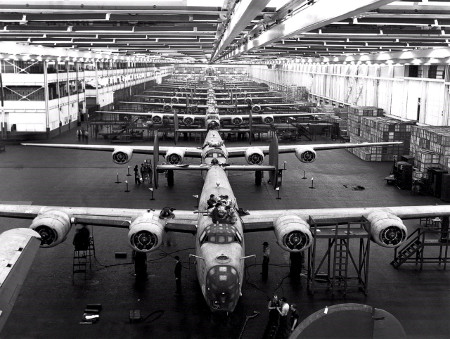 The Willow Run Bomber Plant circa 1945
The Willow Run Bomber Plant circa 1945
One of the more fascinating and spectacular museum collections in the world that preserves American aviation and wartime history is southeast Michigan’s own Yankee Air Museum.
The museum features artifacts and displays that tell America’s aviation history starting with WWI, or the Great War, and covers global conflicts through the present featuring displays that offer visitors an opportunity to experience those conflicts through the eyes of the men and women whose stories have been preserved.
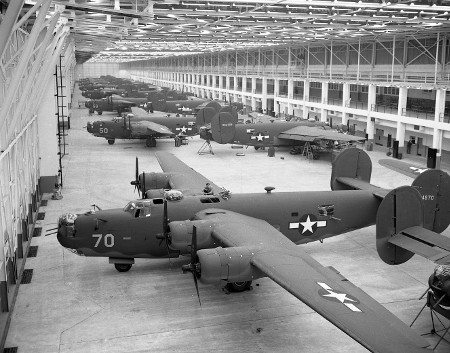 The Willow Run Bomber Plant circa 1945
The Willow Run Bomber Plant circa 1945
The historic collections of more than 5,000 artifacts are among some of this country’s rare treasures that have been preserved and enjoyed by history buffs and general audience alike. The Yankee Air Museum of Aviation and Technology is not just a great museum to visit but a great educational center for everyone to see and enjoy.
The artifacts carefully preserved and featured inside the museum’s walls help to tell the great stories of the men and women and their life experiences during war time -- it is almost like going back in time. The artifacts also illustrate science and engineering principles as well as great oral histories and presentations from participant’s life events corresponding within the museum's storyline.
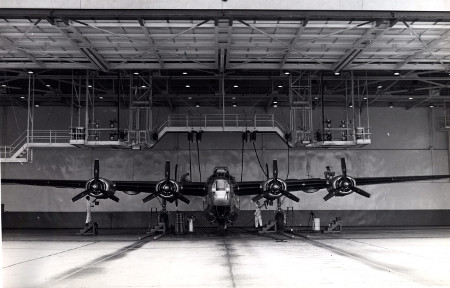 The Willow Run Bomber Plant circa 1945
The Willow Run Bomber Plant circa 1945
The museum does a great job telling local wartime history as it pertains to the famed Willow Run Bomber plant -- located in Ypsilanti Township, Mich. -- which produced the B-24 “Liberator” heavy bomber from 1940-1945. During World War II, the women of Willow Run made history when they filled in quickly and capably working on the assembly line manufacturing components for the B-24 and many other war-related machines such as Jeeps, tractors, operating drill presses, welding tools, heavy casting machinery, riveting guns and much more. These women became known as “Rosie the Riveter,” through a now famous ad campaign commissioned by the U.S. Government.
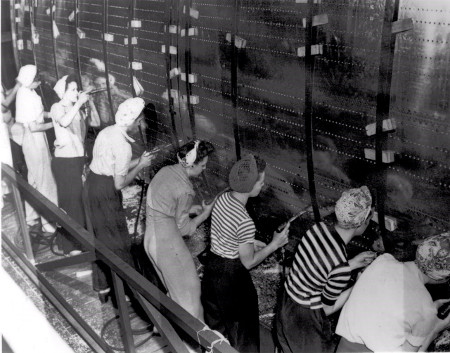 Rosie the Riveters at the Willow Run Bomber Plant circa 1944
Rosie the Riveters at the Willow Run Bomber Plant circa 1944
Rosie the Riveter became a household name as well as a great symbol for all Americans in the United States. One of the photos that is a part of this story shows how women were welding power tools during the making of a B-24 Bomber in 1944.
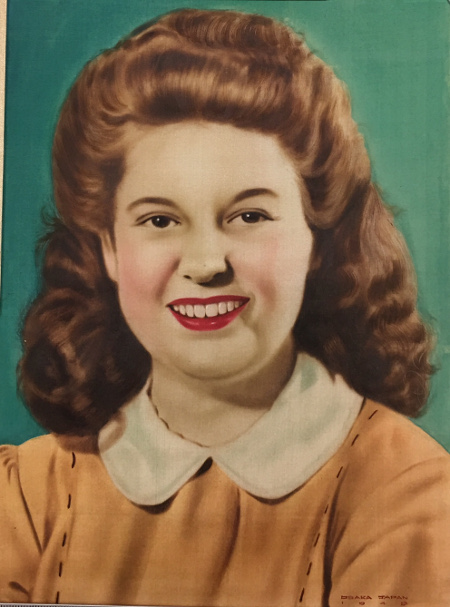 Mary Kooistra Otto
Mary Kooistra Otto
Today, we continue to honor the great legacy of Rosie the Riveter and the families whom have kept their memory alive. One of those Rosie the Riveters is the late Mary Kooistra Otto. Born in 1926, Mary was a diminutive child; as a matter of fact, she would often get stuck in the snow while walking to school and her teacher would have send classmates out to retrieve her.
Mary's high school years started right around the beginning of WWII. She took a summer job between her junior and senior years, and would later reflect on that period in her life as a time when she was very happy.
Later, she would work at the BF Goodrich factory in Cadillac, Mich., where she helped to manufacture the de-icing boots that were later shipped to the Willow Run bomber plant.
 Mary Kooistra Otto
Mary Kooistra Otto
During peak production between 1944-1945, the B-24’s were being manufactured at the rate of one every 55 minutes. Mary Otto, like the other Rosie the Riveters, were hard workers and they moved this country forward during the time of the war.
After the war, Mary moved to Ypsilanti and later she would marry the late Harlan Otto who served in the U.S. Navy as an airplane mechanic. Mary and Harlan have two children, Dieter and Heide.
I wanted to tell her story and to tell the world how one person like the late Mary Kooistra Otto and all the other men and women, who participated and served during the war are not forgotten and will live in our hearts forever.
One of Mary’s children, Heide Otto, currently works as a volunteer at the Yankee Air Museum and loves telling the story of her family heritage and its significance to WWII. Heide says she volunteers at the Yankee to honor her mother’s memory.
“I work as a volunteer at the Yankee Air Museum to honor the memory of both of my parents. They were born in 1926. My mother worked as a Rosie, and my father joined the Navy. He served as a mechanic repairing airplanes and other military vehicles in the Pacific Theater.”
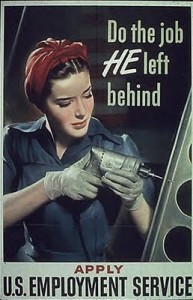
In conclusion, the Yankee Air Museum was established in 1981 as a non-profit educational and museum center. The museum works to positively to excite kids and stimulate interest in science, technology, engineering and math (STEM) to help the challenges facing America.
For more hours, admission and more information, visit the MotorCities Find Your Road Trip online map at motorcities.org/map; and also visit the Yankee’s website at yankeeairmuseum.org.
Author Robert Tate and MotorCities would like to thank Heide Otto and Dave Callanan, director of outreach services at Yankee Air Museum, for helping to make this story possible.


